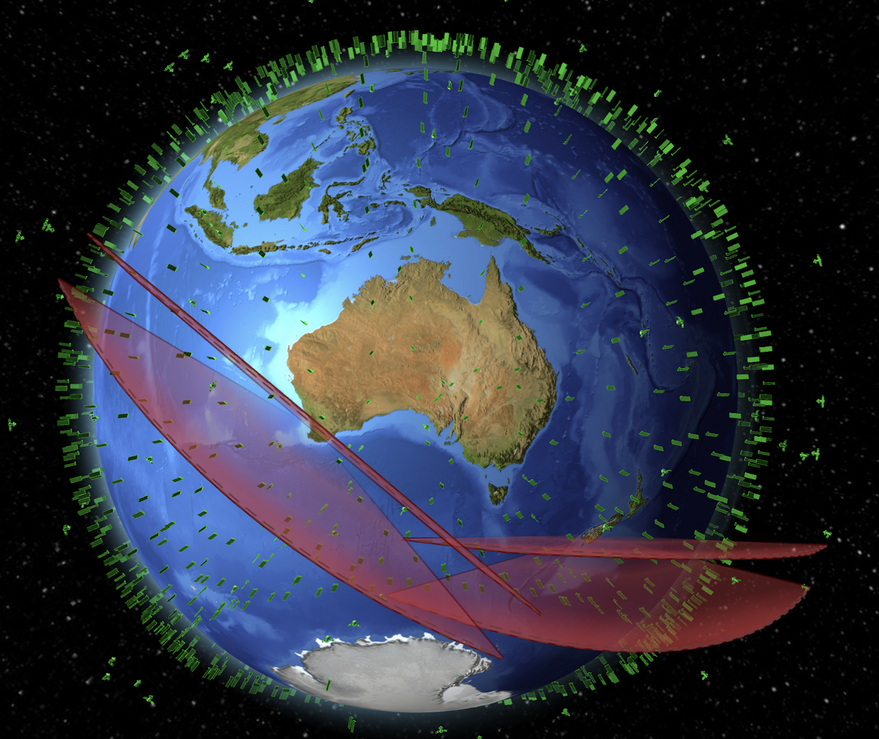SAN FRANCISCO – LeoLabs announced plans Oct. 19 to construct two phased-array radars in Western Australia, the sixth site for the Silicon Valley startup’s global space-tracking network.
The Western Australia LeoLabs site was selected in part because its longitude provides a view of launch trajectories from Asia.
“Our whole mission is to drive transparency in space,” Dan Ceperley, LeoLabs CEO and co-founder, told SpaceNews. “We want to be able to capture when new satellites are deployed. This site will be helpful for doing that.”
The Western Australia site also will help LeoLabs observe satellites and space debris traveling over the Southern Hemisphere, Ceperley said.
Historically, there have been fewer space-tracking radars and optical telescopes in the Southern Hemisphere than in the Northern Hemisphere. That’s one of the reasons the U.S. Air Force authorized prime contractor Lockheed Martin to survey a Western Australia site for a second Space Fence, a ground-based S-band radar to track objects in orbit. The U.S. Space Force declared the original Space Fence, located on Kwajalein Island in the Republic of the Marshall Islands, operational in 2020, but has not obtained congressional funding to construct a second Space Fence.
Western Australia is LeoLabs’ second Southern Hemisphere site. The company operates two S-band radars in New Zealand to detect objects in low Earth orbit as small as 2 centimeters in diameter.
In addition, LeoLabs operates radars in Alaska, Texas and Costa Rica. LeoLabs announced plans in June to install two space-tracking radars in the Azores archipelago.
When LeoLabs was founded in 2016, company executives intended to establish a network of radars at six sites around the world. As launch activity continue to accelerate, LeoLabs intends “to keep charging forward,” Ceperley said. “We see a lot of benefit from having these additional radar sites.”
LeoLabs plans to deploy radars at 24 locations around the world, Curtis Hernandez, LeoLabs government relations director, said Oct. 19 at the 2021 Value of Space Summit.
With each new radar, LeoLabs increases the frequency of its observation of individual satellites and pieces of orbital debris. The increased frequency leads to more accurate data and improves the firm’s ability to assess potential collisions.
“The West Australian Space Radar also adds more timely updates on critical events in LEO, including collisions, breakups, maneuvers, new launches and re-entries,” Terry van Haren, the former Royal Australian Air Force air and space attache in Washington who serves as LeoLabs Australia managing director, said in a statement.
LeoLabs is recruiting employees in Australia.
“Terry is building a team to leverage these radars, the software and other technology that we have to turn Australia into a space domain awareness superpower,” Ceperley said.
LeoLabs currently tracks about 17,000 objects in low Earth orbit. With its expanding space radar network, the firm intends to track 250,000 objects.
